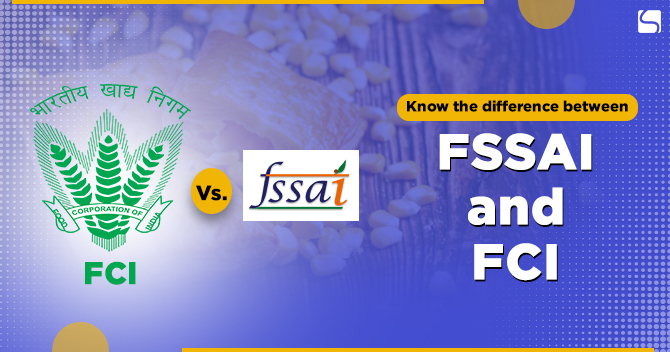What is a Private Limited Company Registration procedure in India

Swarit Advisors | Updated: Oct 06, 2018 | Category: Private Limited Company
A Private Limited Company Registration is the easiest on the eye of the corporate legal companies in India or the entrepreneurs. It is regulated by the Companies Act, 2013 and the Companies Incorporation Rules, 2014. A company requires minimum of two directors and two shareholders are required. Out of two Director or Shareholder, only a natural person can be appointed as a director and shareholder, while a corporate legal entity can only be appointed as a shareholder.
Table of Contents
Benefits of Private Limited Company Registration
Company Registration comes with a bundle of benefits for the owners of the business. It is most preferred business model among the entrepreneurs because of the upper hand it provides as compared to other business types. This kind of business has raised the fill the fuel in millions of small-medium sized business that are mostly family-owned or professionally managed. Benefits of PVT LTD company registration are listed out in the list below with brief description:
After Privately limited company registration the business acquires a separate legal entity from that of its owners. This enables the organization to acquire assets on its own name.
One of the major benefits is that liability of its shareholder is limited to the amount of unpaid value of the shares owned by them.
Private Limited Company registration makes the transfer of business very convenient if the need be. Only transfer of shares of shares is required.
Company registration also helps in avoiding any kind of conflict among members as separate management can be appointed to oversee the business.
One of the reasons company registration preferred over LLP is that is makes raising capital much easier. Number of options like issue if equity shares, preference shares, debentures and other debt instruments are available.
The Private Limited Company Registration Procedure-
The procedure of Private Limited Company registration in India has been overly simplified in the last few years. This is done to encourage the entrepreneurs to stream line and legally recognize their business. This helps the government authorities to better regulate different industries and maintain database and define business support schemes like subsidies in a planned way.
Following is the step by step private limited company registration procedure-
Step 1: Apply for Digital Signature Certificate which is required to file the forms of company registration. The Procedure to register is online and requires DSC. In order to apply for DSc all the KYC[1] documents along with passport size photo and duly filled application is required to be submitted with the authorities.
Step 2: Get your name approval by filing RUN from. RUN stands for Reserve Unique name. You can file your name with the prescribed fees. RUN service is available on the Ministry of corporate affairs Portal. Applicant can file for 2 proposed names through this service. And one resubmission facility is available.
Step 3: Obtain Director Identification Number as early as possible. Earlier applicants were required to submit separate DIN application before filing for name applicant. However, after recent changes this requirement has been done away with. Now, you can file your DIN within the SPICe form up to three directors. Or you can just choose not to do any work and can do this only contacting us.
Step 4: Prepare all the necessary documents like Memorandum of Association, Articles of Association along with Identity Proof, Address proof, Pan of all subscribers and directors along with declarations as required for Private limited company registration under Companies Incorporation Rules, 2014.
Step 5: File the Incorporation form i.e. SPICe form on Ministry of Corporate Affair. No ROC fees is required to be submitted for Private limited company registration up to the rupees 10 lack of authorized capital. Only stamp fee charged by respective states is to be paid by the applicant for Private limited company registration.
Step 6: After analyzing the application and screening all the attached documents the authorities will issue the Certificate of Incorporation (COI) along with allocation of Director Identification Number to the new Directors. A unique Company Incorporation Number is mentioned on the COI issued after Private limited company registration along with PAN and TAN number of the new entity.
Also, Read: Checklist for Company Registration in India.














